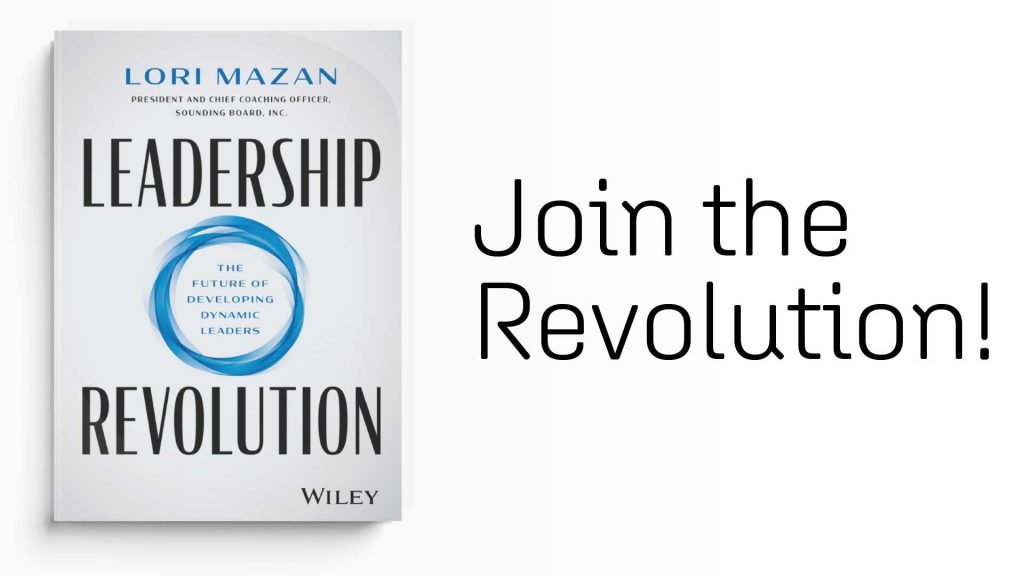Change has always been a constant in business, however, the COVID-19 pandemic accelerated the rate of change and gave rise to new and unexpected challenges for business leaders. The notion of “business as usual” has become a thing of the past. Companies simply won’t last in the long term without constantly reinventing themselves for the new hybrid world of work.
Facing unprecedented disruption, organizations must prioritize resilience to bounce back from this crisis and prepare for future challenges. One way to do this is to move away from traditional learning and development, to training that is less costly, mindful of employees’ time, and easily retained.
Agility is the key to becoming a more resilient organization. Agile organizations thrive in unpredictable, rapidly changing environments. They continually evolve and embrace uncertainty and disruption and are far better equipped than traditional organizations for the future.
Embracing Agile Learning
To become an agile organization, talent development leaders must embrace agile learning. New competition, technological innovation, changing customer demands and environmental, political, and economic shifts require agile learning for organizations to survive and thrive.
Gartner defines agile learning as “a mindset and method of skills development, via iterative short bursts, applied in the flow of achieving outcomes that can dynamically adjust with changing needs.” It is the direct opposite of traditional learning that is perceived by many to be too expensive, too time consuming, and largely ineffective.
Learning and development must also evolve with the times to keep pace with changes, yet 31 percent of HR leaders admit that they can’t create skill development solutions fast enough to meet evolving skill needs.
Create Learning that ‘Sticks’
Adult learners retain new knowledge and develop new skills when they can immediately apply it. When training on a new technology, for example, adult learners must not only understand how it applies to their daily tasks, but they must also use the newly acquired skills as soon as possible. Relevance and immediate application are critical, yet 33 percent of HR leaders report that they don’t effectively integrate learning into the employee workflow. Agile learning and development happens in real time, right in the flow of work, not after hours of exhaustive training.
Leadership coaching is the perfect catalyst for agile learning and development. It is dynamic, flexible, and personalized to accommodate different learning styles and adjusts in real-time to meet rapidly changing business needs. It is focused on the individual, while also addressing larger organizational goals. Leadership coaching happens in the flow of work, creating an opportunity for leaders to apply new knowledge and skills immediately.
In our latest white paper, we explore organizational resiliency, and the shift to agile learning and development. The paper details:
- Why the hybrid workforce is here to stay and how it is driving the need for agility.
- Why more companies are investing in building—not buying—skills.
- Why HR, and learning and development in particular, must become more agile.
- How agile companies are accelerating leadership development.











